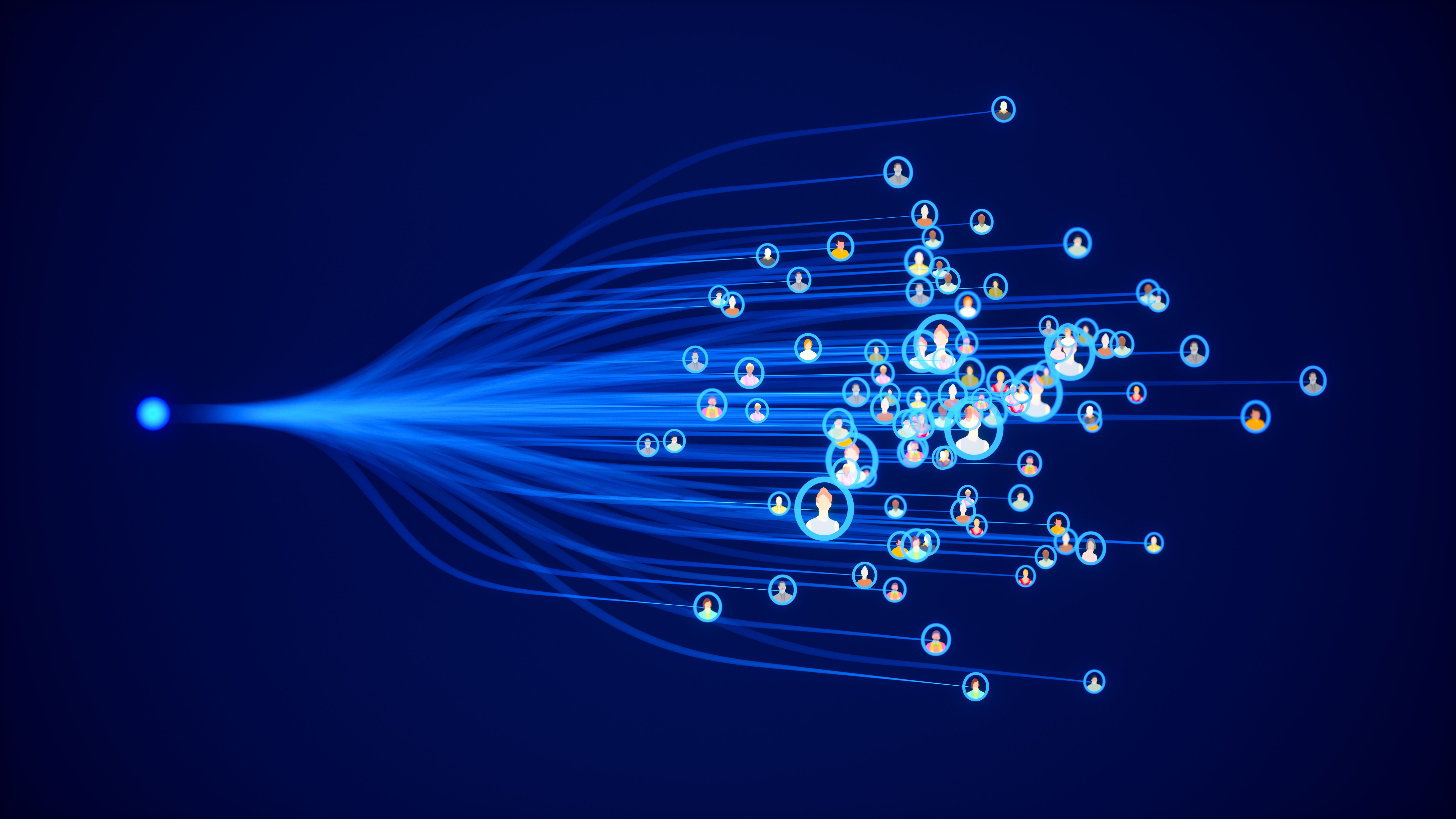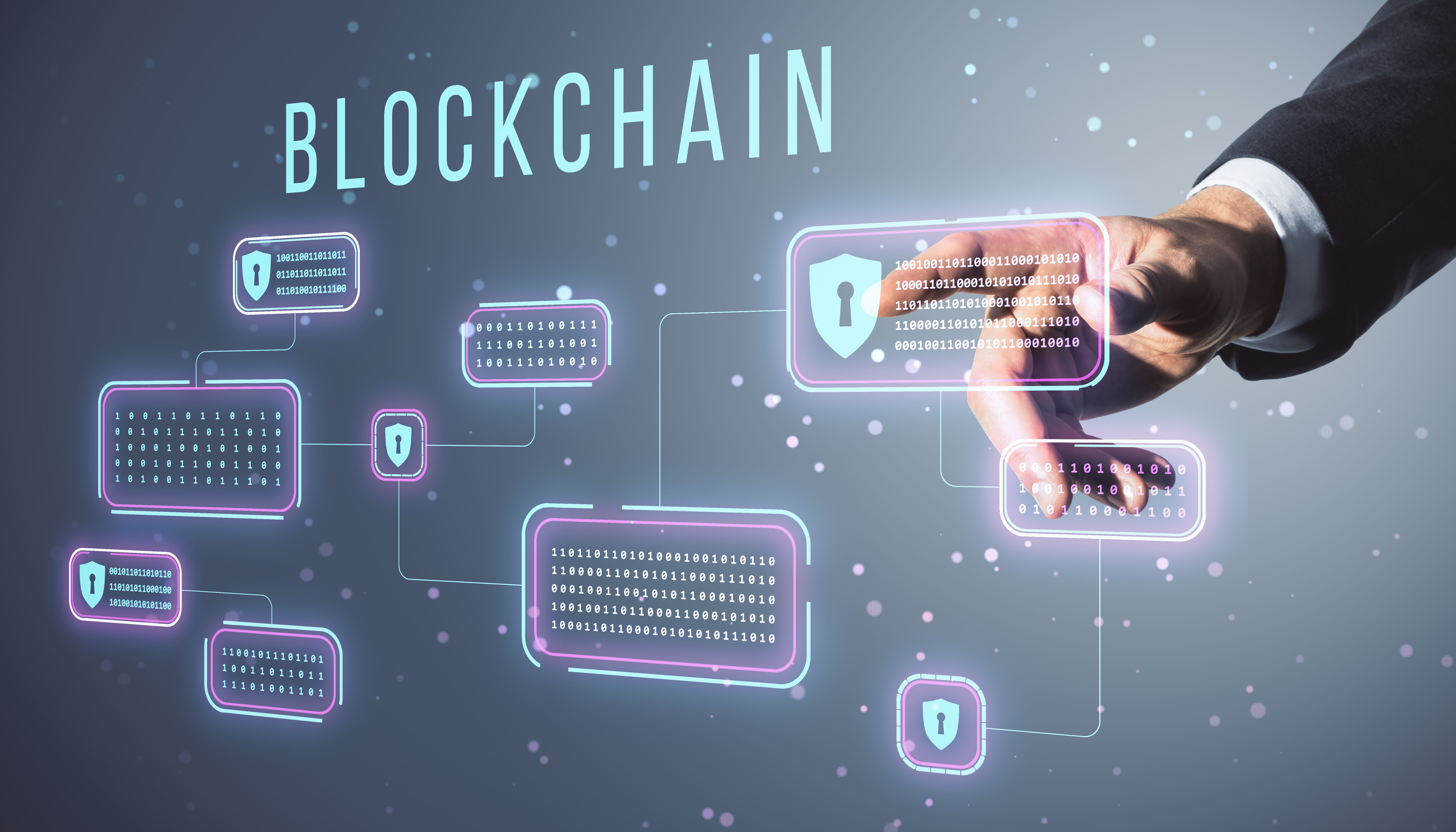Web2 vs Web3: Understanding the Evolution
Understanding Web2
Web2, often referred to as the "social web," represents the internet era where users are not just passive recipients of content but active participants. This phase of the internet is characterized by interactive platforms such as social media sites, blogs, and video-sharing services. Users can create, share, and engage with content on a multitude of platforms, making the web a dynamic and participatory space.
The emergence of Web2 brought about a significant shift in how people use the internet. It allowed for the democratization of information, giving rise to user-generated content. Platforms like Facebook, YouTube, and Twitter exemplify the core principles of Web2, offering easy-to-use interfaces that enable users to connect and share information globally.

Limitations of Web2
Despite its advantages, Web2 has certain limitations. One major concern is the centralization of data. Most platforms are owned by large corporations, which store vast amounts of user data. This centralization raises issues related to privacy, data security, and control. Users often have limited control over their data and how it is used or shared by these companies.
Another limitation is the potential for data breaches and misuse. With personal information stored on centralized servers, users are vulnerable to hacking and unauthorized access. Moreover, users do not have full ownership of their digital identities or content, as these are often governed by the terms set by the platforms.
The Rise of Web3
Web3, also known as the "decentralized web," is emerging as a solution to many of the challenges posed by Web2. At its core, Web3 is about decentralization and user empowerment. It leverages blockchain technology to create a more transparent and secure internet environment, where users have greater control over their data and digital identities.
In a Web3 world, data is stored on decentralized networks rather than centralized servers. This shift reduces the risk of data breaches and empowers users by giving them ownership of their personal information. The use of blockchain technology ensures that transactions and interactions on the web are secure, transparent, and immutable.

Key Features of Web3
Web3 introduces several key features that distinguish it from its predecessor:
- Decentralization: Data is distributed across a network of nodes, reducing reliance on centralized authorities.
- Ownership: Users have control over their digital assets and identities without intermediaries.
- Transparency: Blockchain technology ensures that all transactions are transparent and verifiable.
- Enhanced Security: The decentralized nature makes it more resilient to cyber-attacks.
The Impact on Users and Businesses
The transition from Web2 to Web3 has significant implications for both users and businesses. For users, it means greater privacy and control over their digital lives. They can interact with online services without compromising their personal data or being subject to corporate interests.
For businesses, Web3 offers new opportunities to innovate and create value. Companies can develop decentralized applications (dApps) that operate on blockchain technology, providing services that are more secure and transparent. This shift also encourages companies to adopt more ethical practices concerning user data.
Challenges Ahead
Despite its promise, Web3 faces several challenges. The technology is still in its early stages, and widespread adoption requires overcoming scalability issues and improving user experience. Additionally, there is a need for regulatory frameworks that balance innovation with consumer protection.
Another challenge is education and awareness. Many users are not yet familiar with blockchain technology or the benefits of decentralization. Bridging this knowledge gap is crucial for the successful transition to a Web3 world.
The Future of the Internet
As we stand at the intersection of Web2 and Web3, it is clear that the internet is evolving towards a more decentralized and user-centric model. The transition will not happen overnight but promises a future where users have more control over their digital experiences.
The evolution from Web2 to Web3 is more than just a technological shift; it represents a fundamental change in how we perceive and interact with the digital world. As we move forward, embracing these changes will be key to unlocking the full potential of the internet for individuals